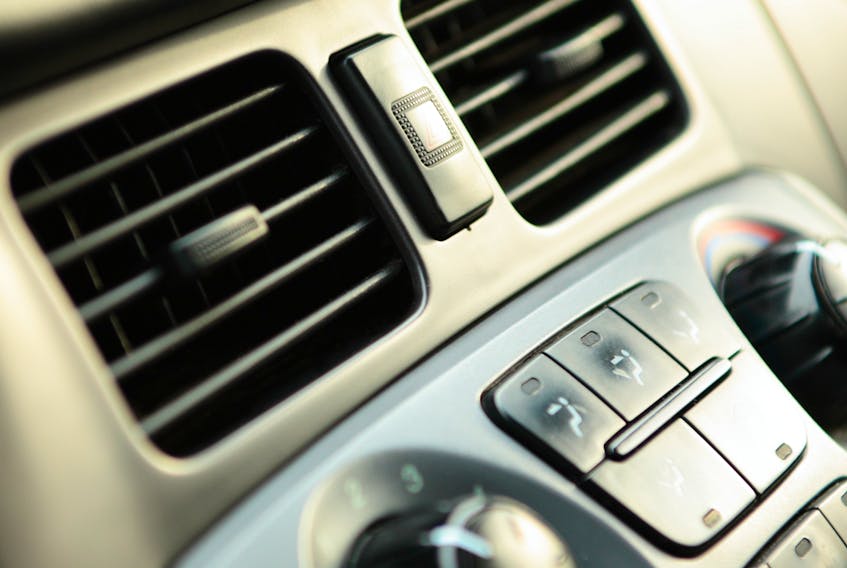Q:
I recently purchased a 2014 Chevy Express passenger van with a V8 gas engine and automatic transmission. It runs fine but my problem is a lack of heat in the interior. This wasn’t a problem in the fall but now that the weather has turned cold I would definitely like more heat.
I did change the engine thermostat in the fall, drained the cooling system and installed new coolant. I also changed sparkplugs and plug wires. There are no warning lights on and everything runs fine. Do you have any suggestions on how to get more heat?
Bill
A:
Checking the thermostat is usually the first step in repairing a vehicle with a lack of heat. Even if the thermostat has just been replaced, I have seen too many new thermostats that only work for a few times to trust one just because it is new. Check an existing thermostat by monitoring the temperature of the engine while touching the upper radiator hose. The upper radiator hose should remain cold until the engine has reached nearly the opening temperature of the thermostat. This is typically about 87 degrees C. If the hose feels warm sooner than this, the thermostat is opening too soon and should be replaced or there is coolant flow around the thermostat. Some universal thermostats do not fit tightly in their mounting location and coolant can bypass them. Try an original equipment thermostat if this is the case.
Another cause for poor or no heat is an air lock in the cooling system. In most vans, heater cores are mounted higher than the top of the radiator. If the cooling system has been refilled, air can be trapped in the highest part of the system. Sometimes one of the heater hoses or a coolant hose mounted high on the engine has to be removed from the heater core with the engine running, to “bleed off” the trapped air. Be cautious of hot coolant. It is safer to bleed the air out of the system when it is cold. If heater hoses don’t come off the heater core fittings easily, it is better to cut them off and install new hoses rather than chance breaking the heater core itself.
Many manufacturers are now installing air bleed ports at strategic places in the coolant passages to allow are to be manually bled out but sometimes a hose still has to be removed to get the air out. At the factory, the coolant is installed after a vacuum has been created in the system. This fills the system quickly without any air locks.
Finally, there is an air mix door on the heater housing inside the vehicle. This door blends the air from the A/C evaporator core and the heater core to adjust the temperature. This door may not be moving all the way. On older vehicles this door was operated by a cable from the temperature control but on your vehicle it is operated by an electric motor. You can feel the electric motor moving by placing your hand on it while turning the temperature control. If the motor isn’t working, then you need to look at the control system or the motor itself. With the motor removed, you can move the air mix door by hand to see if it is binding inside the housing. Note: don’t operate the motor when unbolted from the heater box. It can damage the motor.
Q:
My door lock keeps freezing so the key won’t work on my Mazda MX-6 door. I spray lock deicer in it but it only works for a short while. Any idea what I can do?
Andrea
A:
Lock deicer has alcohol in it to melt the ice that is freezing in your lock cylinder. It also contains some lubricant, but in your situation the lubricant isn’t enough to keep moisture from freezing again. If possible, spray lock deicer in the lock and park in a warm space for several hours to evaporate any moisture. Then spray some dry graphite lubricant into the lock to lubricate it. This will help keep moisture from freezing in the lock. If you can’t find dry graphite lubricant at the auto parts store, look for it a locksmith.









